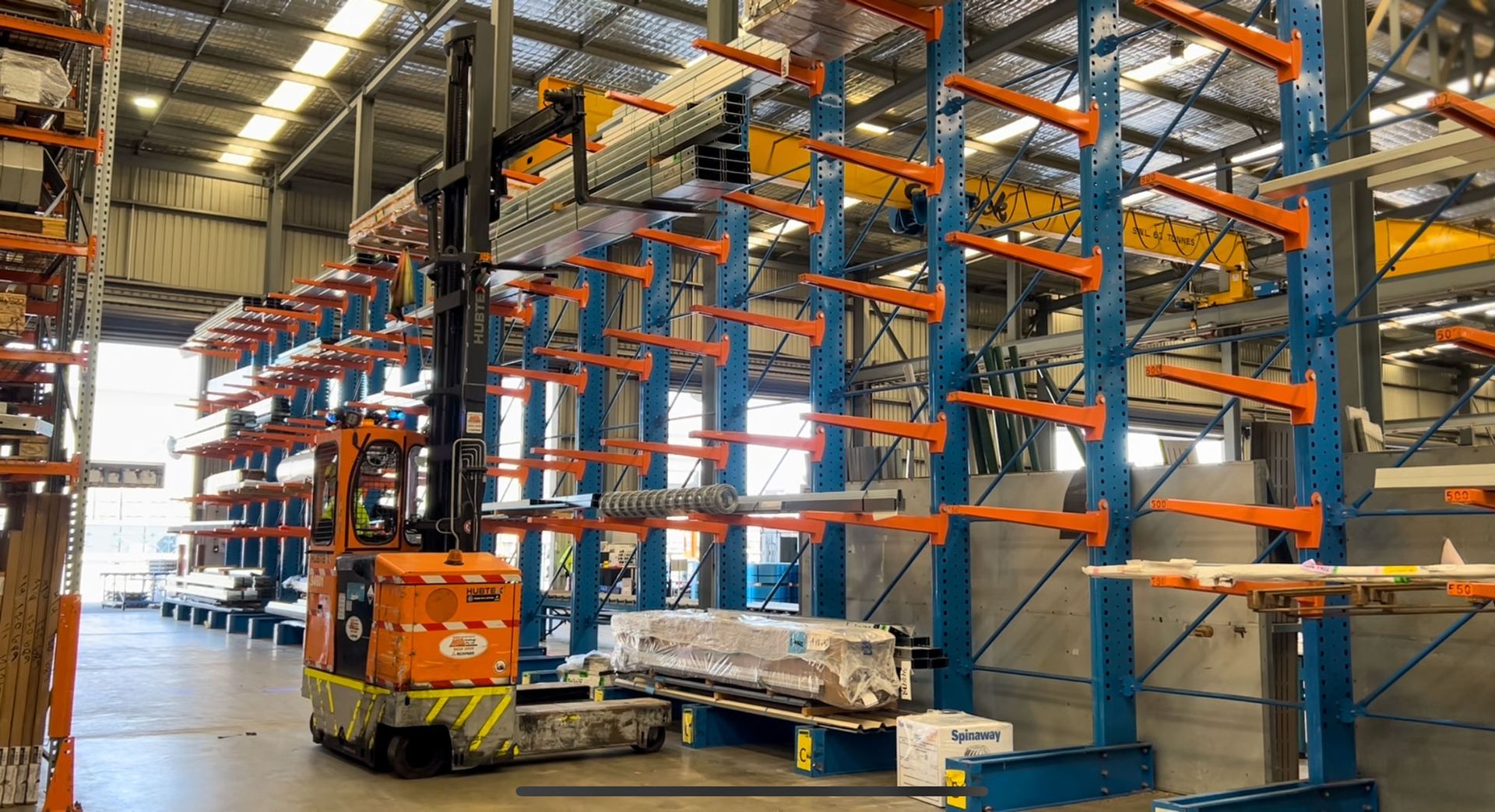Australia's Employment Outlook 2025 - What's in Store for Recruitment & Hiring?
The RCSA, Australia’s leading body for the recruitment, staffing and workforce solutions sector, recently examined what is in store for recruitment and hiring in 2025 in its webinar “Australia’s Economic Outlook for 2025”.
Hosted by Principal Economist for the ACCI, Peter Grist, and the APAC Senior Economist for Indeed, Callam Pickering, the session touched upon future workforce trends, industry growth sectors, and how the recruitment and staffing industry can navigate these changing market conditions.
Here are some key findings from the webinar to help your business prepare for certain challenges and opportunities this year.
Weak Productivity Levels
One major concern for Australian businesses in 2025 is weak productivity performance. Business productivity is the efficiency at which business tasks can be completed during a specific period of time. Productivity has been consistently declining in Australia, with the most recent data showing a significant drop in the past few quarters.
This can be attributed to factors such as an aging workforce, reduced investment in new technologies, and disruptions from the pandemic still having an impact.
These productivity figures are also concerning from an inflation standpoint. When there is very strong wage growth, but very poor productivity growth, it often leads to relatively high inflation.
The more you can engage your team, capture their attention, and motivate them in their job, the better shot you have at boosting productivity levels in your workplace.
This could look like sitting down with each employee and setting clear expectations and long-term goals or catching up regularly to see how they are getting on or if they need support with anything. You could also try to reduce unnecessary meetings, and make sure only people who are truly needed are in attendance.
For more ideas on how to keep employees motivated in the workplace, read our blog “Employee Retention Strategies: The Key to Success and Why it Matters”.
High Job Participation
A record 64.5% of the working-age population is employed, with roughly 1 million Australians working multiple jobs. This is largely down to people trying to keep up with cost-of-living pressures.
We are also seeing retirees returning to the job market, primarily due to financial reasons, but also for social benefits like maintaining a sense of purpose and keeping social connections.
Other factors influencing job participation in Australia include the increasing female participation in the workforce, older workers staying employed for longer, and migration patterns.
A high job participation rate translates to a larger pool of potential workers for businesses, allowing them to access a wider range of skills and potentially fill vacancies quicker. This can help businesses that are looking to expand or replace staff but can also be a struggle to find the right skilled workers amongst the noise. Businesses may need to focus on refining their recruitment practices in order to effectively get through their applications and attract specific skills from a large pool of candidates.
Skills Shortages Persist
Despite some easing, finding the right talent for skilled roles remains a challenge. One way businesses are addressing the skills shortages, is through hiring the more abundant unskilled and semi-skilled workers who are eager to learn and upskill and training them into the skilled roles.
Companies will need to be proactive in how they can attract and retain skilled workers too. This could include offering excellent benefits, clear pathways for career growth, and acknowledging and rewarding your staff. For more information on these tactics, check out our blog “How to Recruit Hard-to-Fill Blue-Collar Positions”.
Cost-Conscious Hiring
Although there is still a strong need for more workers, businesses are reluctant to spend to achieve that. Companies are trying to do anything possible themselves to source individuals, rather than use an intermediary.
Many businesses see using Recruitment Agencies as “luxury” or “discretionary” spending, rather than a necessity. However, what many businesses don’t realise, is that using a Recruitment Agency can actually help to save your company money.
Hiring the wrong candidate can be much more costly with companies wasting money on the direct recruitment costs such as advertising, staff time spent finding and onboarding the employee, salary payments, education and training, costs to rehire, and potential legal costs during termination.
Aside from the obvious financial costs, hiring the wrong person can also cost your business in terms of lost productivity due to poor work quality or potential sick days. Additionally, if a new employee is underqualified or not pulling their weight, other teammates will have to pick up the slack, leading to reduced employee morale.
Investing in a recruitment agency ensures that you find the right fit for your team in an efficient manner and saves your team the time and resources it would take to find someone themselves.
To Summarise..
The 2025 Australian employment landscape presents both challenges and opportunities. High job participation offers a larger talent pool, but skills shortages and the overall costs associated with hiring demand innovative recruitment solutions.
Ultimately, navigating this market requires proactive strategies, including talent development and recognizing the value of recruitment partnerships for securing the right talent and driving business success.
If you need support with your Recruitment processes, reach out to us today at hello@irp.net.au or call us on (08) 9477 7999.
Join Our Mailing List
Interested in receiving more content similar to this straight to your inbox each month? Sign up to our mailing list below!











